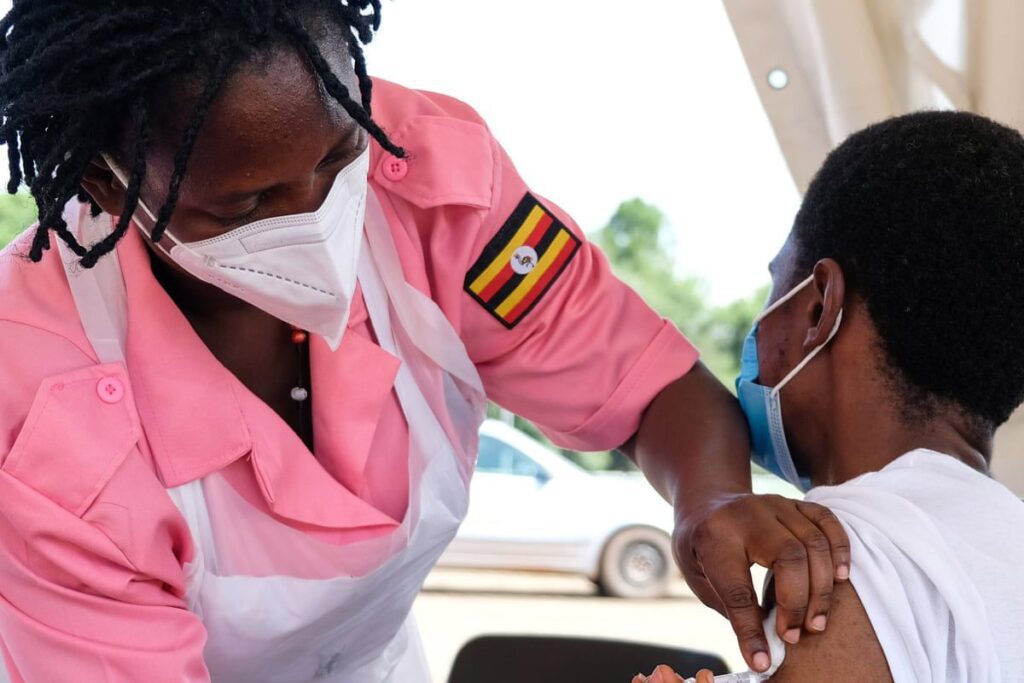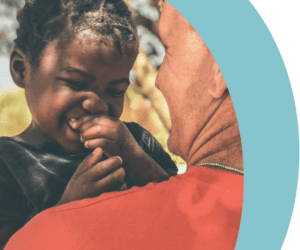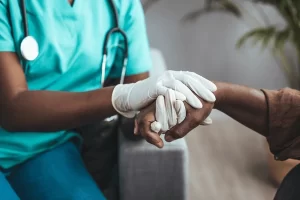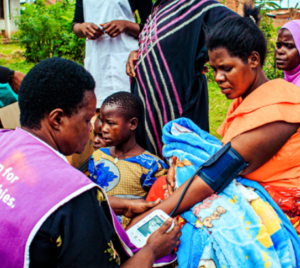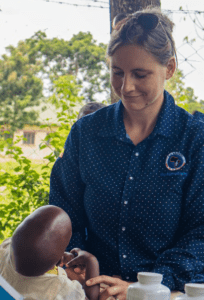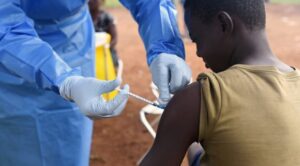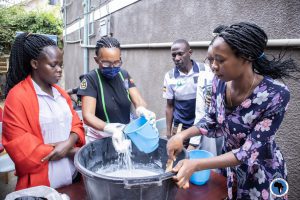HEALTH–>
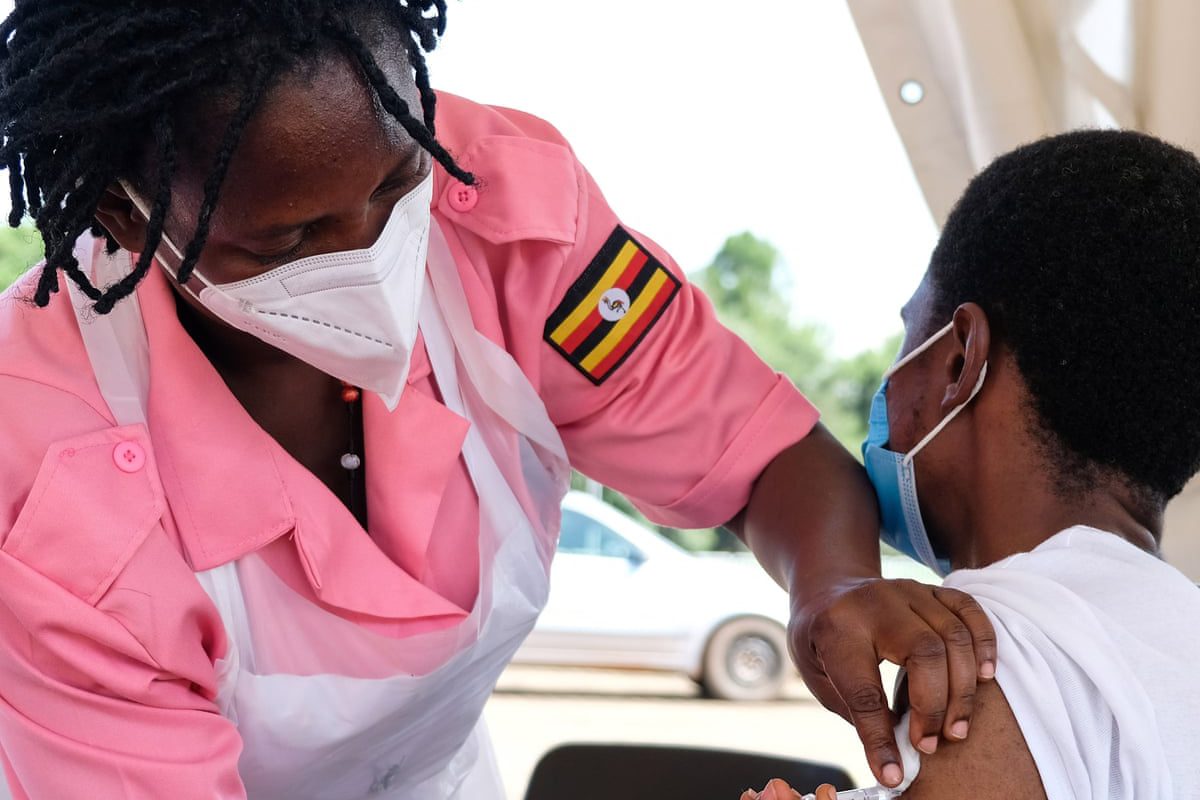 Covid vaccination
Covid vaccination
The World Health Organization (WHO) plays a critical role in ensuring the safety and efficacy of medicines worldwide. The certification process for a drug is rigorous and multi-faceted, involving several stages of thorough evaluation and testing.
Pre-Clinical Testing
The journey begins in the laboratory, where new drugs undergo extensive pre-clinical testing. This phase involves laboratory and animal studies to gather preliminary efficacy, toxicity, and pharmacokinetic information. These tests are essential to determine whether a drug is safe enough to be tested in humans.
Clinical Trials
If pre-clinical results are promising, the drug moves into clinical trials, conducted in three phases:
Phase I: A small group of healthy volunteers receives the drug. This phase focuses on assessing the safety, dosage range, and side effects.
Phase II: The drug is given to a larger group of people who have the disease or condition it aims to treat. This phase evaluates the drug’s efficacy and further assesses its safety.
Phase III: Involving a much larger group of participants, Phase III trials compare the new drug to existing treatments. This phase gathers more information on effectiveness, side effects, and optimal dosing.
Regulatory Review and Approval
Upon successful completion of clinical trials, the drug manufacturer submits a comprehensive dossier to the WHO for review. This dossier includes all pre-clinical and clinical data, manufacturing details, and proposed labelling information.
The WHO’s regulatory experts meticulously review the submission, focusing on:
Efficacy: Does the drug work as intended?
Safety: Are the benefits of the drug greater than the risks?
Quality: Is the drug manufactured to high standards?
Inspection and Compliance
Simultaneously, WHO inspectors visit the manufacturing facilities to ensure they comply with Good Manufacturing Practices (GMP). These inspections verify that the drug is consistently produced and controlled according to quality standards.
Expert Committee Review
The WHO convenes an expert committee, consisting of independent specialists in relevant fields, to further evaluate the drug. This committee reviews all data and the findings of the WHO’s internal team.
Prequalification
If the drug meets all safety, efficacy, and quality requirements, it receives WHO prequalification. This status indicates that the drug is recommended for use and can be procured by UN agencies and countries worldwide.
Post-Marketing Surveillance
Certification does not end the oversight. The WHO continues to monitor the drug through post-marketing surveillance to track any long-term effects and ensure ongoing safety and effectiveness. This involves collecting and analyzing reports of adverse effects and updating recommendations as necessary.
Global Impact
WHO certification is a gold standard that reassures health authorities, medical professionals, and patients about a drug’s safety and efficacy. It facilitates global access to essential medicines, contributing to better health outcomes worldwide.
The meticulous process undertaken by the WHO underscores the organization’s commitment to ensuring that only the safest and most effective medicines reach the market, safeguarding public health on a global scale.
Author:: Bagombeka Job

